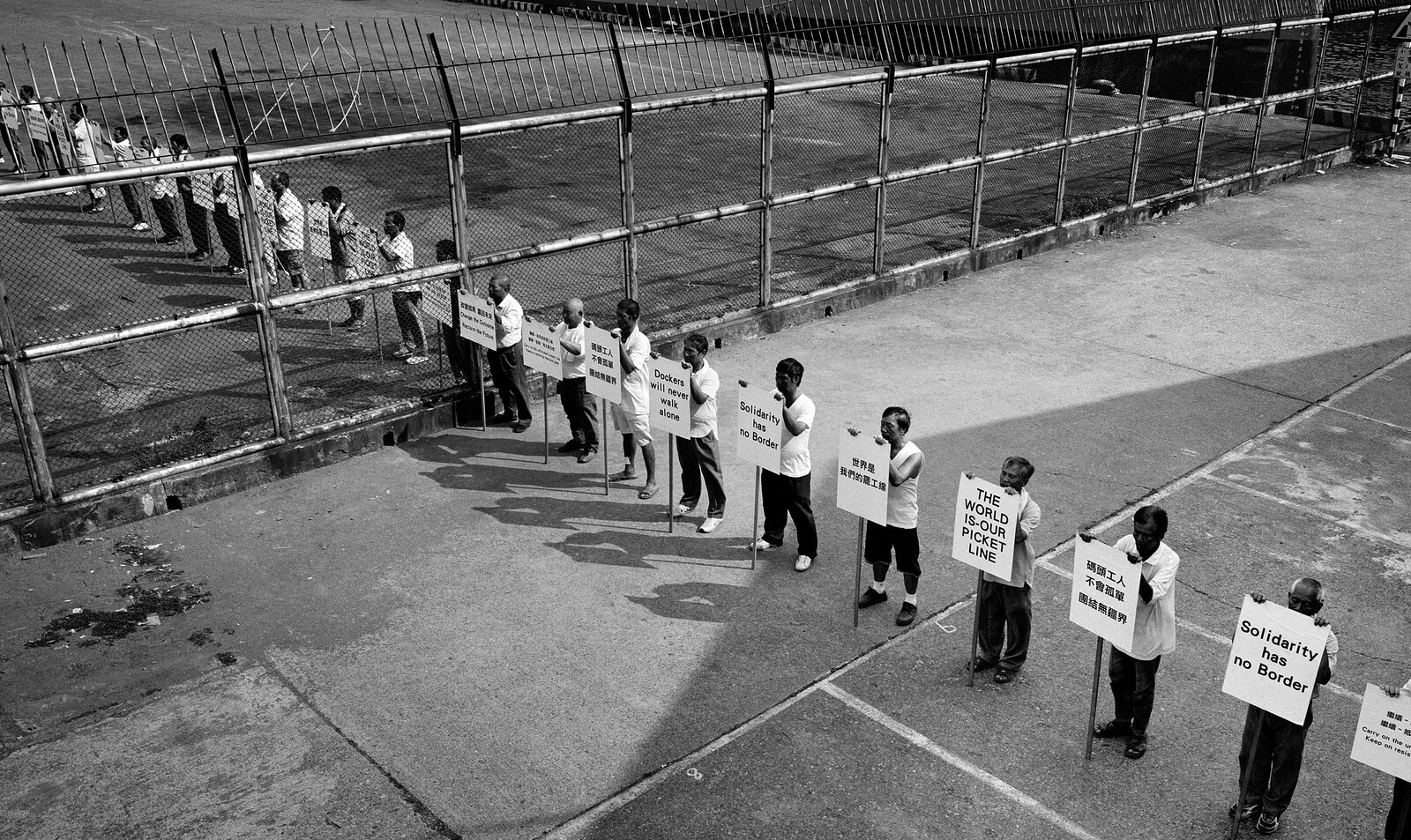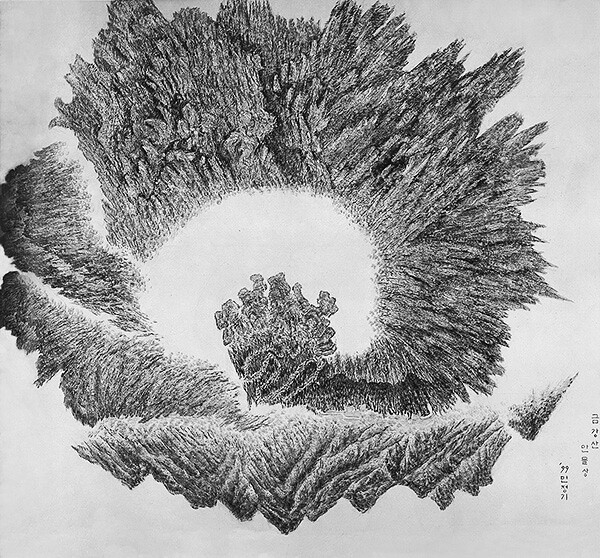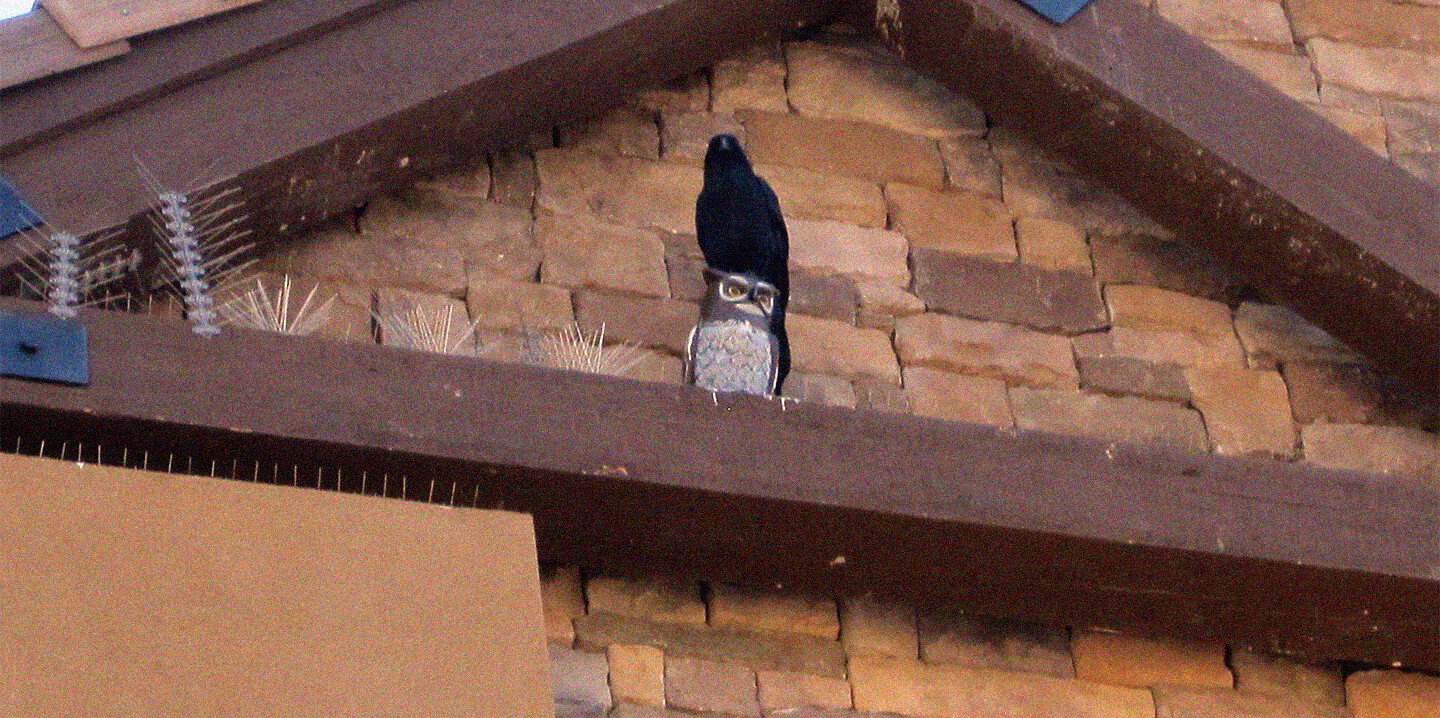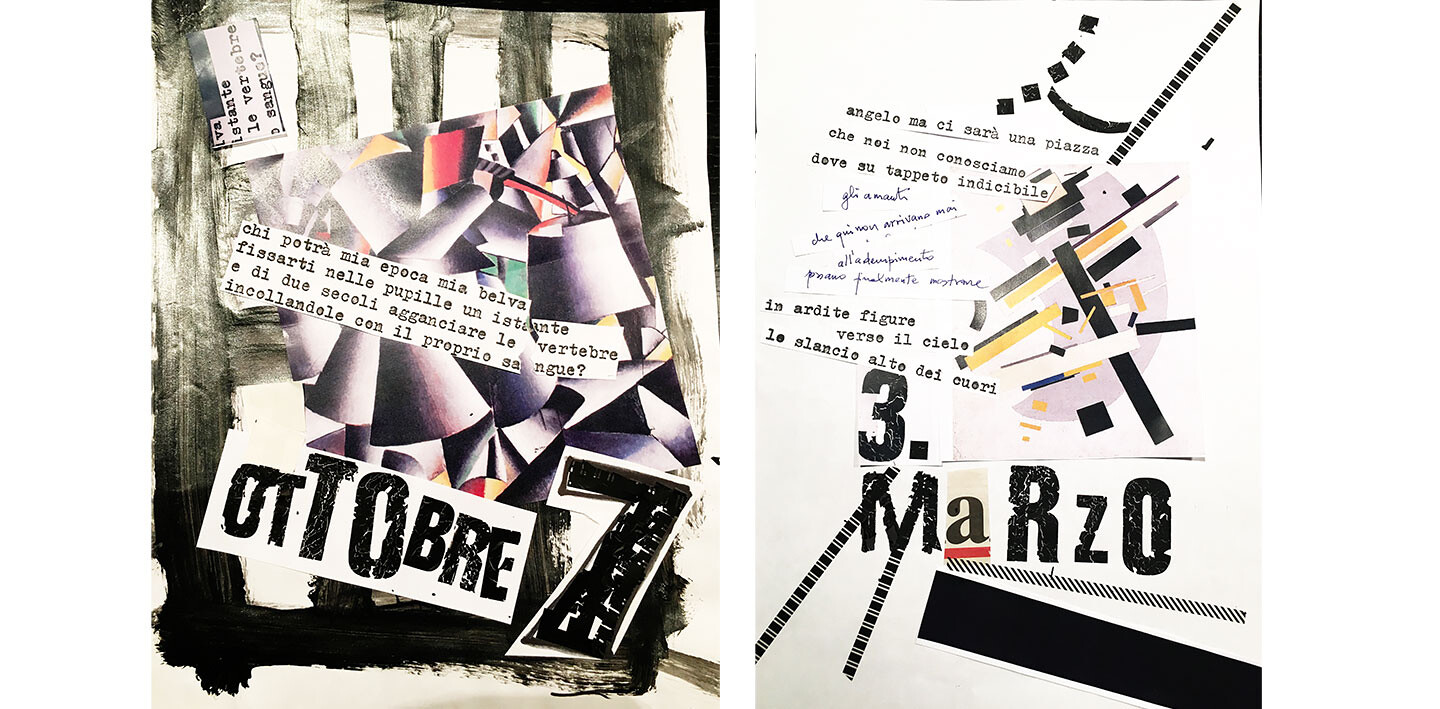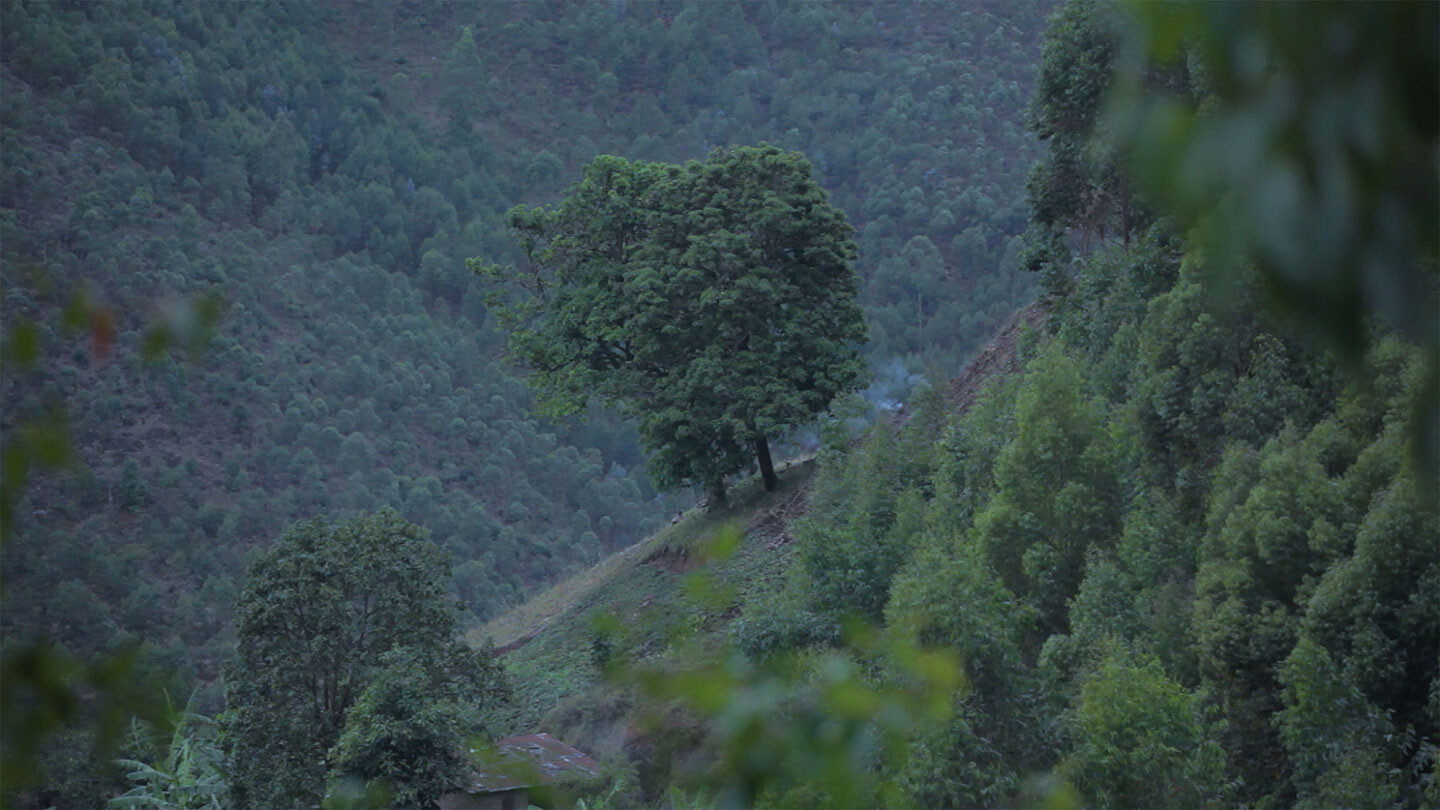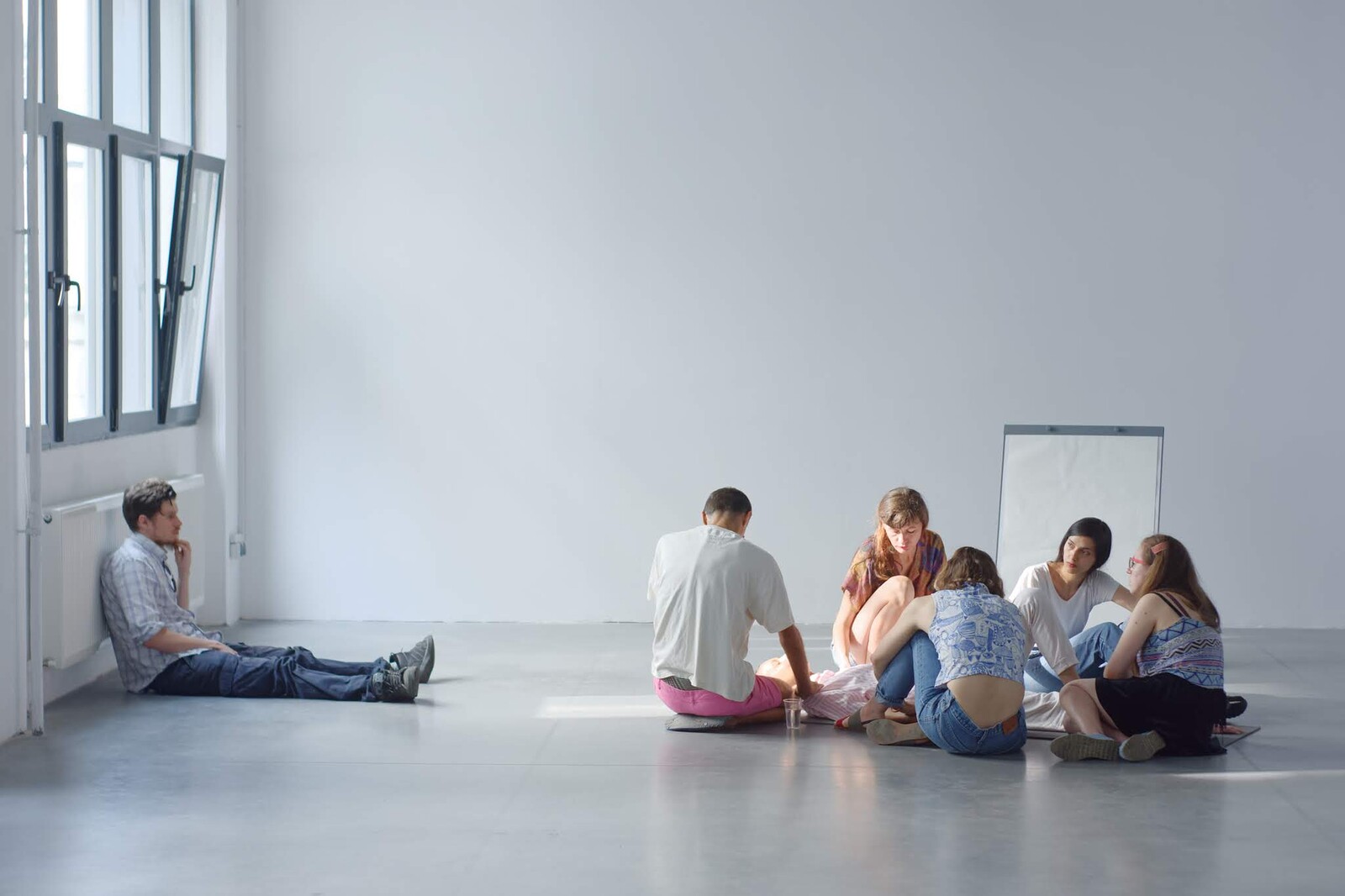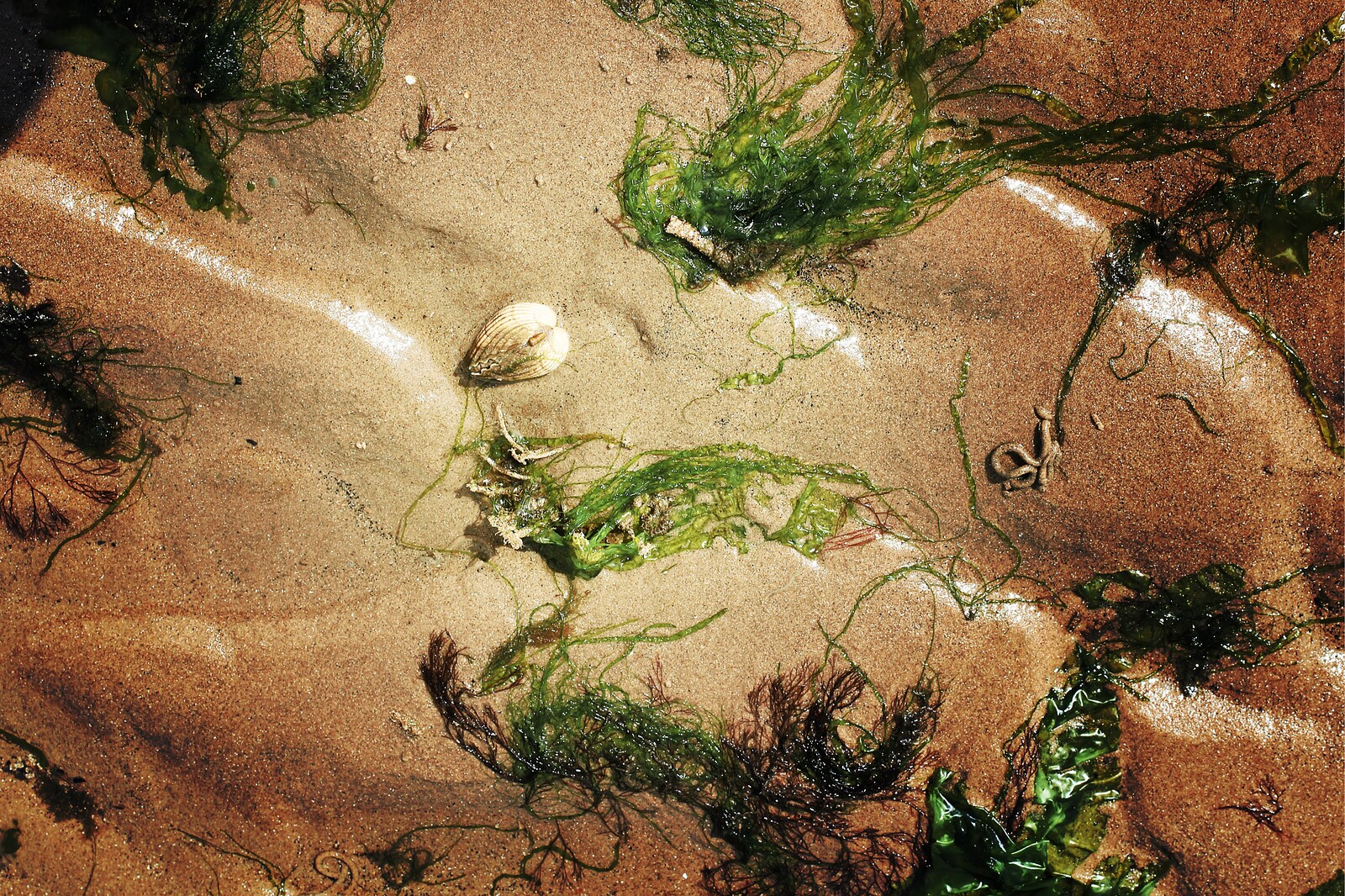Are these dispatched workers not the new colonized slaves of bourgeois democracy and its internal colonialism? When empires that disseminate neoliberalism also try to guide people around the world in how to take action, while intentionally blurring the tremendous class disparity that separates citizen from citizen, is this not a “New Losheng Sanatorium,” one that uses labor flexibilization to implement an alternative form of exclusion under the guise of “freedom” and “democracy”? Now, however, the isolated and excluded are no longer just leprosy patients; they are everyday people forced to live in a neoliberal society.
Healing
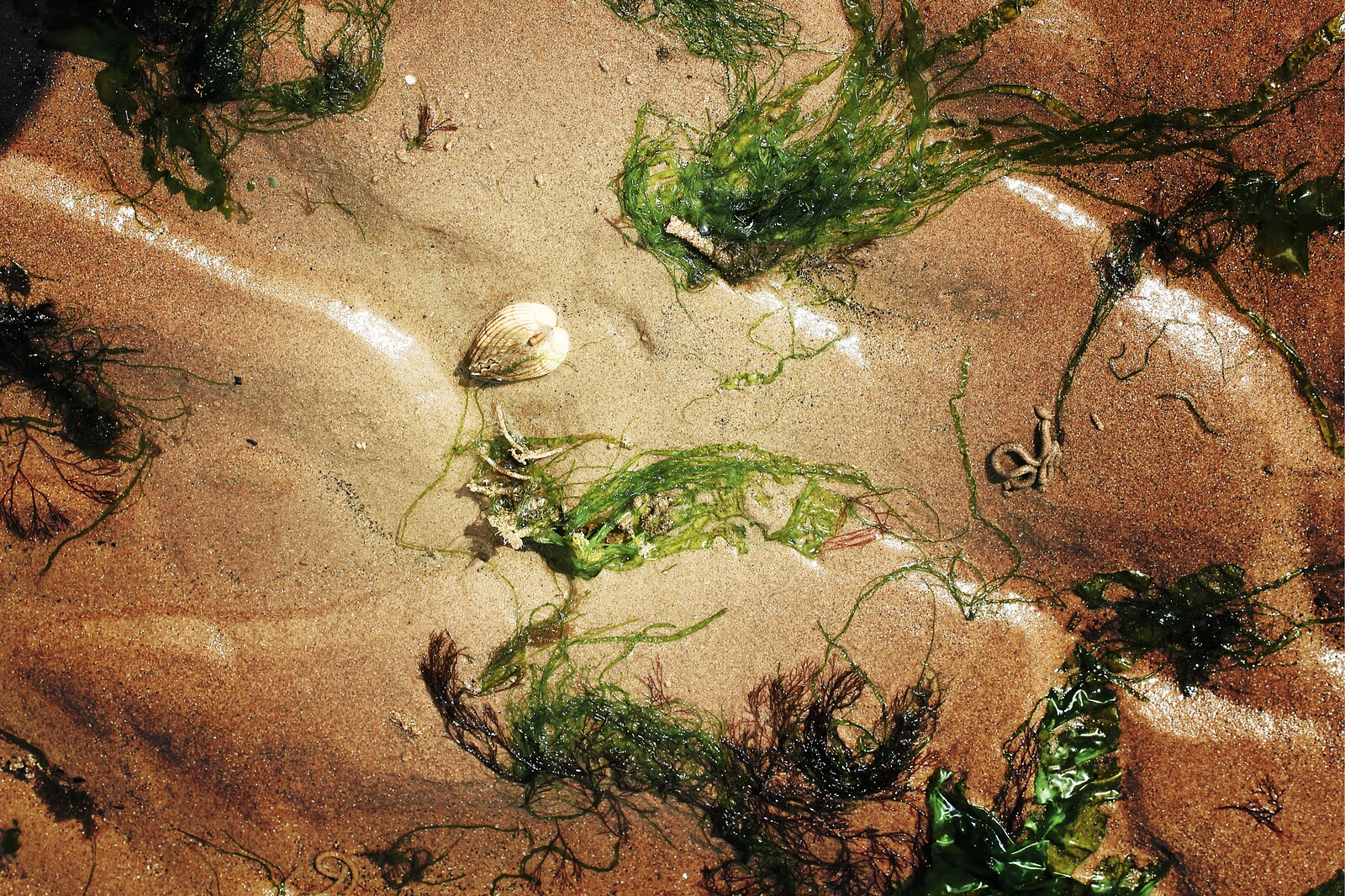
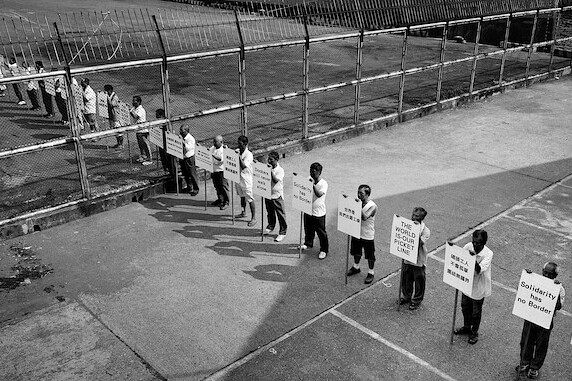
At this scale, it’s like nothing we’ve seen in all our lives. As the illness and all its related destructions expand in reach and scope, today may feel too soon to talk of healing. (Sickness and healing have never existed on a clear and separate timeline to begin with, of course.) All the same, there are words of critical, crucial healing embedded in the deep archive of e-flux journal that’s grown here since 2008. We searched these online pages for the word “healing” and found moving resonances with today, whether speaking centrally or in passing to particular or overlapping issues of, for example: illness, exile, solidarity, isolation, confinement, interconnectedness, and the movement of bodies in political and artistic contexts. These pieces gathered from that initial search—essays, poems, a song—each speak directly to their particularity of time and place, and make for compelling reading in uncertain times. May the words keep you company—and we wish for safety and solidarity in solace.
cultured graded fondled
divided exhibited bred
appraised described hunted
killed pampered trained
Supposedly, one of the many “functions” of art is to heal the ruptures of history, and to “puncture” a whole in the membrane of the future, so as to render its advent felt in the present. In other words, artworking is to invent the sense of a shared time, across geographical expanses and ideological divides. How come today’s art, or philosophy, doesn’t achieve this? The underlying question is: How come “art” or “philosophy” doesn’t prevent violence? Ultimately, artists and philosophers are reproaching each other for the failure in solving problems that belong to the fields of medicine, education, political science, architecture, history, design, engineering, psychology, anthropology, genocide studies, etc. Is it only art or philosophy that fails in the face of the Rwandan genocide? Haven’t politics, technology, science, journalism, and the list is endless, also relapsed? What aspect of living doesn’t face its limit under such marks of death? I have no illusions that mere philosophers, or artists, are able to save the world! Why reproach the inadequacies of entire societies solely upon the ethics and the aesthetics of two cultural bodies?
Our idea was that if life and movement have already been captured by the neoliberal apparatus, and if thought itself is movement, providing orientations in the space of the mind and being deeply connected to one’s life-form and body arrangements, then they have to be provided with different choreographies than those enforced by default. Not only have we noticed that there are life-forms imposed if one’s practices are left unchoreographed, but there is also a standard form of thought and action when it comes to overcoming capitalism. One of the reasons behind the Unsorcery project was the mental saturation with the same thought movements performed by the leftist mind: being against, exercising criticism/critique, deconstructing, etc. Not only capitalism but also its enemies seemed to have been captured in default thought forms.
Through each action that we convey as bodies, a distribution of expressions shape common forces of radiation, enabling us to fall into, and follow closely, the shared present. Dance proclaims that it belongs to the sphere of the commons, that it can constitute the wave of joint gestures, of outward movements that become means of communication. Bound to sustaining relations, the wave forms a stream of larger movements, overflowing ideas of immobility and singularity. Through this wave, the resonances of historical and future gestures are manifested. In the commons, time slips. The underlying logics of the flow organize states of experience and codes of conduct with regard to possible encounters and collisions. The “underscores”—activated support structures—of the dance space must be tested and activated accordingly, as the dialectics of the wave, continuously contracting and releasing, constitute the world with all its relations and moving subjects. Once bodies, images, and affects are mobilized in space, the gestation of new physicalities requires time. To digest, to know, to give space to bodily responses—these transport us into a temporality that stands in strong opposition to quick formulations based on ready-made discourses that sometimes might mean the world to us, and at other times, without prior experience, might instead mean nothing. But to listen and respond through the resonance of a history that takes place and takes shape, requires waiting. As Hardt and Negri write, “Revolution needs time,” and we need support structures for what we mobilize. We need to take responsibility for the outbursts that we unleash.
But what does vulnerability actually mean? Is it being able to acknowledge a state of pain or insecurity, embracing the feeling of coming undone? I feel that it’s something I’ve tried to hide from others and from myself. At the cost of headaches, a bloated stomach, the inability to articulate a sentence. A mental-physical feeling of paralysis. I now suspect that people spend a lot of time and effort hiding in this way. Could I overcome my terror of falling apart if I allowed myself to rely on others, on you? Or should I be a “cruel optimist” and create hopeful and positive attachments, in full awareness that they will not work out?
We will have no feet
We will fly
Round and round
Our bodies shape the air like
clay in our hands
